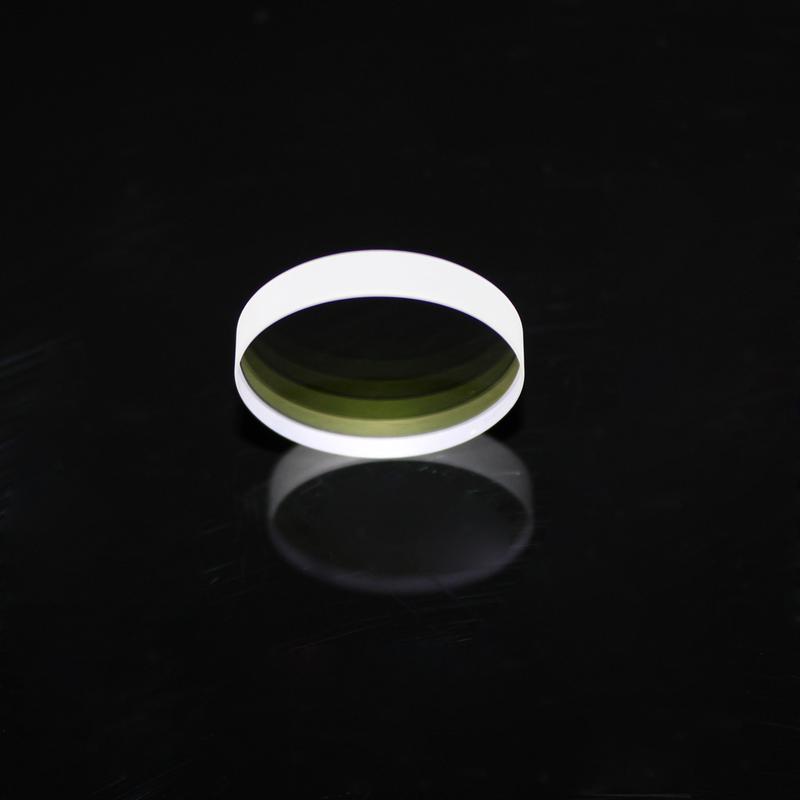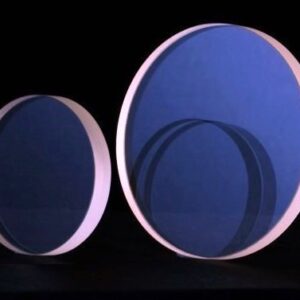N-BK7 Laser windows Optical lens
- Material: N-BK7/K9
- Surface Quality: 10-5
- Surface Flatness: λ/10
- Coating: AR/ Custom Design
What is laser windows?
Laser windows are common optical components. Its main function is to protect the internal components while not interfering with the passage of the laser beam.
It is usually installed at the exit or entry ports of the laser device or optical instrument, serving to isolate the external environment (such as dust, moisture, and contaminants) from the internal optical components.
The material of laser windows
BK7 is a common borosilicate optical glass. It is a Germany company brand.
BK7 is widely used in the optical systems. It has excellent optical uniformity, low bubble content, and high transmittance in the visible light and near-infrared wavelength range (350nm ~ 2000nm).
The core advantage of Bk7 laser windows
-
High light transmittance
BK7 has a transmittance of over 92% (without coating) within the visible light range of 400nm to 700nm. After anti-reflection coating (such as AR coating), the transmittance can be increased to >99%.
-
Good mechanical stability
The BK7 laser window has excellent mechanical strength. And it is suitable for laser systems , including industrial measurement, medical lasers, and scientific instruments, etc.
-
Easy to process and coat
Compared with other materials such as fused quartz and sapphire, BK7 is more suitable for optical polishing and surface treatment.
-
High cost-effectiveness
For medium and low power laser applications, BK7 offers a balance between performance and price, making it an extremely cost-effective solution.
Common application
The BK7 laser window is a common optical components. Here are some applications of it.
- Protection window for industrial laser systems
- Laser rangefinder
- Optoelectronic detection equipment
- Medical laser equipment
- Spectral analysis instrument
How to choose BK7 laser windows ?
When purchasing, please confirm the parameters based on the following factors:
- Laser wavelength range
- Required transmission rate (whether to apply AR coating)
- Operating environment (whether there is temperature, humidity, or mechanical shock)
- Dimensions and installation method (whether chamfering is required, custom hole drilling, etc.)
- Laser power level (to confirm whether a higher threshold for laser damage resistance is required)



